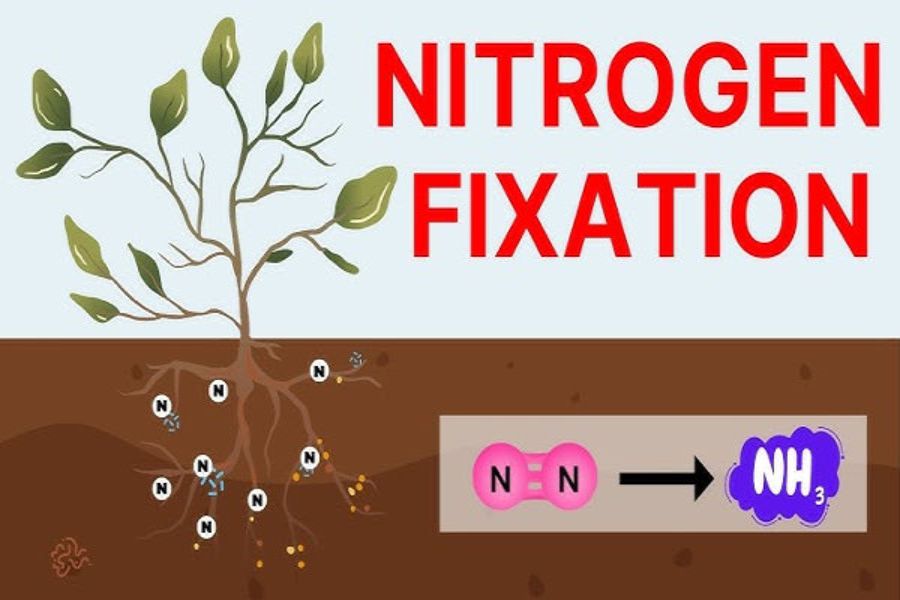Nitrogen fixation is the process by which atmospheric nitrogen (N₂) is converted into a form that plants can absorb and utilize, such as ammonia (NH₃), nitrate (NO₃⁻), or nitrite (NO₂⁻). Since plants cannot use nitrogen directly from the air, this process is essential for their growth.
Types of Nitrogen Fixation
Biological Nitrogen Fixation (Natural Process)
Carried out by beneficial bacteria like:
✔️ Rhizobium (lives in legume roots)
✔️ Azotobacter (free-living in soil)
✔️ Acetobacter (beneficial for sugarcane)
✔️ Blue-green algae (Cyanobacteria)
These bacteria convert nitrogen gas into plant-available forms.
Atmospheric Nitrogen Fixation
Occurs naturally during lightning strikes, where nitrogen reacts with oxygen to form nitrates that fall to the soil with rain.
Industrial Nitrogen Fixation (Haber-Bosch Process)
Used to manufacture chemical fertilizers like Urea and Ammonium Nitrate.
Why is Nitrogen Fixation Important ?
✅ Supports healthy plant growth
✅ Enhances soil fertility
✅ Reduces the need for synthetic nitrogen fertilizers
✅ Promotes sustainable agriculture
Example in Farming
Rhizobium bacteria form nodules in legume roots (like peas and beans) and naturally fix nitrogen.
Acetobacter helps sugarcane plants by fixing nitrogen directly into plant tissues.
